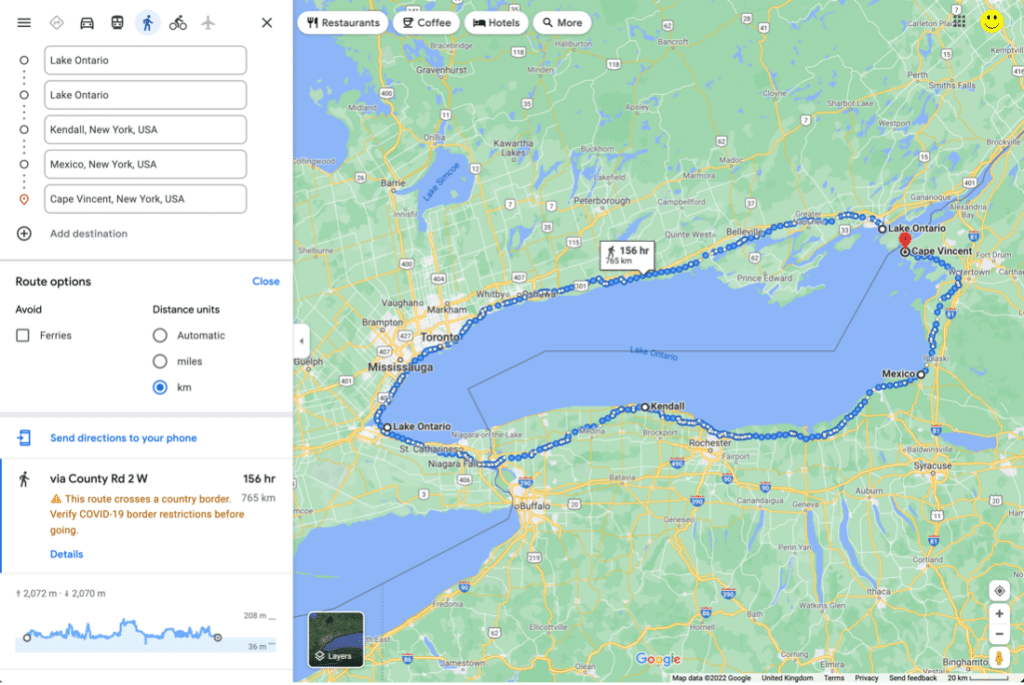If possible, we recommend inviting an Indigenous community member into the learning environment to help teach about the important role of Water Walkers.
Instructions:
Ojibwe and Odawa Knowledge Keepers Liz Osawamick and Shirley Williams originally from Wiikwemkong Unceded First Nation on Manitoulin Island shared with QUILLS the important role Indigenous women play protecting water for future generations.
- Teachers play video segment in the ten-minute video accompanying the Water Bundle focused on the role of Indigenous women as Water Walkers.
- Teacher leads a discussion introducing Water Walkers and the important role that they play. Backgrounder fact sheet included in Water Walkers.pdf.
- After discussion class watches a video reading of Joanne Robertson’s book The Water Walker: https://youtu.be/1p7hDhMtdCo
Story Summary:
“The story of a determined Ojibwe Grandmother (Nokomis) the late Josephine Mandamin and her great love for Nibi (water). Nokomis walks to raise awareness of our need to protect Nibi for future generations, and for all life on the planet. Nokomis along with other women, men, and youth, have walked around all the Great Lakes from the four salt waters, or oceans, to Lake Superior. The walks are full of challenges, and by her example Josephine invites us all to take up our responsibility to protect our water, the giver of life, and to protect our planet for all future generations.”
- Using a map, have students identify some of the place names identified in the story to demonstrate the extent of the journey ie: 4 oceans, Churchill (MB), the five Great Lakes and the St. Lawrence River.
- Put students in groups of five. Have each student in the group choose a different Great Lake and, using Google Maps, estimate the walking time/distance to traverse its perimeter. Group members should add the time/ distance together to estimate the total time and distance of a journey around all 5 lakes.
Ex. Lake Ontario

- Whole Class Sharing Circle:
- Reflect on how Water Walking raises awareness.
- How is this a different approach from other forms of activism? i.e. Leading with love as opposed to leading with anger.
- Is there a place for love and for anger? What function do both serve?
- What are some things Water does for humans, plants, and animals
- What do humans do for the Waters?
- In discussion teachers can connect Water Walks to walks for residential school survivors and and other Indigenous ways of bringing awareness.
Western STEM Connection:
- Students learn about the global push to reduce plastic consumption as well as about an initiative to clean up plastic pollution from the Great Lakes by reading articles in the Real World STEM Connection.pdf. For instance, 107 million people who live along the Great Lakes rely on their ecosystems for their well-being and livelihood. Additionally, the lakes host 3 500 species of plants and animals and contain 21% of the word’s fresh water supply. Despite this, 10 million kilograms of plastic litter is estimated to enter the Great Lakes each year. Furthermore, microplastics in the Great Lakes have reached as high as 1.25 million particles per square kilometer.
- Students spend some independent time researching these topics: https://www.greatlakesplasticcleanup.org
- Students plan and engage in a plastic cleanup (ideally along a shoreline) near their school.



